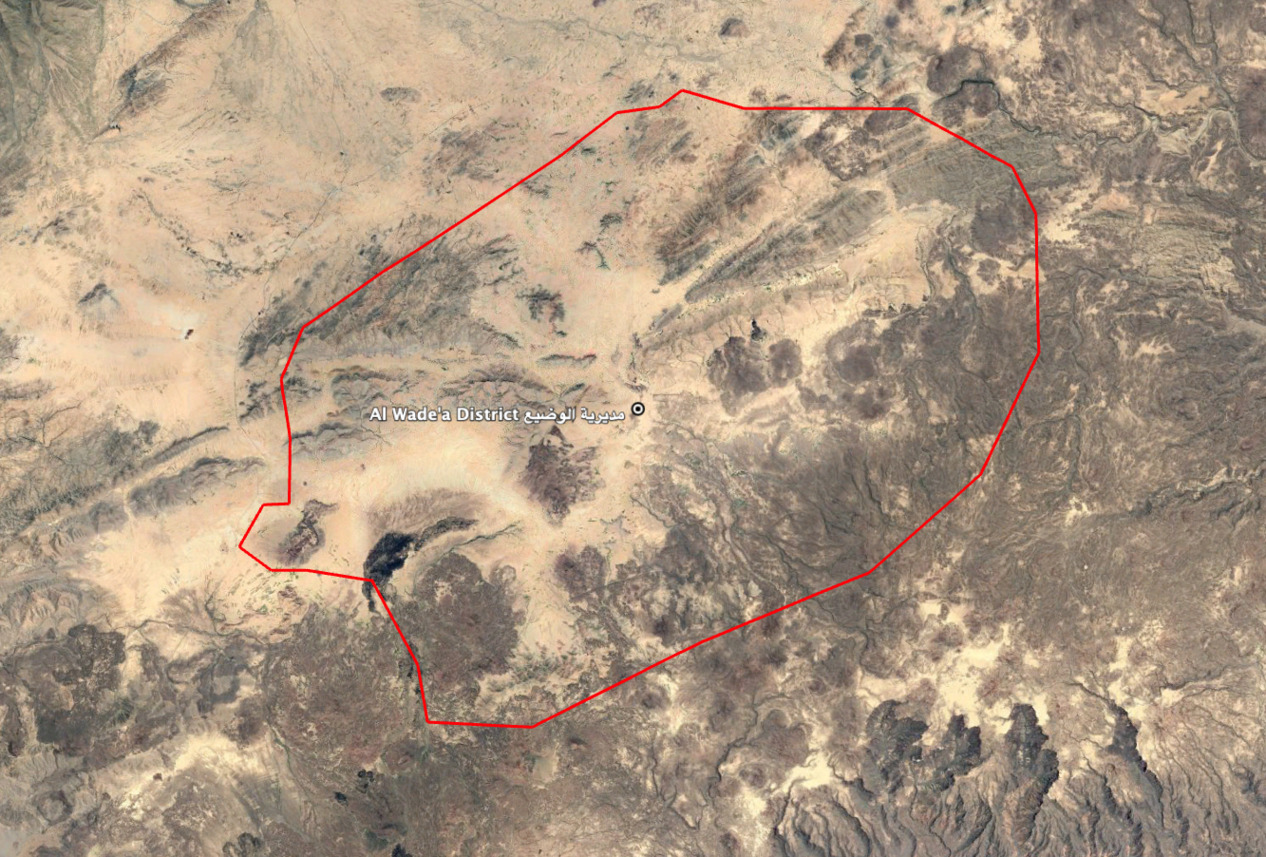U.S. Forces Strike Report
Defense Department officials detected and tracked multiple missile launches out of North Korea today, four of which landed in the Sea of Japan, Pentagon spokesman Navy Capt. Jeff Davis told reporters this morning.
Explosive ordnance disposal technicians assigned to Explosive Ordnance Disposal Mobile Unit 5, Platoon 501, prepare for an EOD mine-countermeasure exercise with members of a South Korean navy underwater dive team off the coast of Jinhae, South Korea, as part of exercise Foal Eagle 2017, March 3, 2017. Foal Eagle is an annual, bilateral training exercise designed to enhance the readiness of U.S. and South Korean forces and their ability to work together during a crisis. Navy Combat Camera photo by Petty Officer 3rd Class Alfred A. Coffield
Explosive ordnance disposal technicians assigned to Explosive Ordnance Disposal Mobile Unit 5, Platoon 501, prepare for an EOD mine-countermeasure exercise with members of a South Korean navy underwater dive team off the coast of Jinhae, South Korea, as part of exercise Foal Eagle 2017, March 3, 2017. Foal Eagle is an annual, bilateral training exercise designed to enhance the readiness of U.S. and South Korean forces and their ability to work together during a crisis. Navy Combat Camera photo by Petty Officer 3rd Class Alfred A. Coffield
Davis said the four medium-range ballistic missiles were launched from the northwest corner of North Korea, traveled over the Korean Peninsula and out into the sea, totaling about 1,000 kilometers in distance, or more than 620 miles.
Missiles Land Off Japan’s Coast
The missiles landed in the vicinity of Akita Prefecture off the coast of Japan near that nation’s exclusive economic zone, he said. The EEZ is defined as a sea zone prescribed by the United Nations Convention on the Law of the Sea over which a state has special rights regarding the exploration and use of marine resources, including energy production from water and wind.
“The North American Aerospace Defense Command detected that the missiles from North Korea did not pose a threat to North America,” Davis said. “This [North Korean missile launch] is very similar in terms of the path and the distance of the three missiles that flew into Japan’s EEZ in September 2016.”
He added, “These launches, which coincide with the start of our annual defensive exercise, Foal Eagle, with the Republic of Korea’s military, are consistent with North Korea’s long history of provocative behavior, often timed to military exercises that we do with our ally,”
The United States stands with its allies “in the face of this very serious threat and are taking steps to enhance our ability to defend against North Korea’s ballistic missiles, such as the deployment of a [Terminal High-Altitude Area Defense] battery to South Korea, which will happen as soon as feasible,” Davis said.
U.S. Strikes AQAP in Yemen
Also overnight, the United States made an airstrike on Yemen’s Abyan Governorate against al-Qaida in the Arabian Peninsula fighters, bringing to 40 the strikes there in the past five nights, Davis said.
Since the first airstrike against al-Qaida in the Arabian Peninsula in Yemen on Feb. 28, “We will continue to target [al-Qaida in the Arabian Peninsula] militants and facilities to disrupt the organization’s plot and protect American lives,” the captain said.
The strikes have been coordinated with and done in full partnership with the government of Yemen with the goal of denying al-Qaida in the Arabian Peninsula terrorists’ freedom of movement within traditional safe havens, Davis emphasized.
The captain also confirmed the deaths of three al-Qaida in the Arabian Peninsula operatives in March 2 and 3 airstrikes in Yemen.
Usayd al Adani, whom Davis described as a longtime al-Qaida in the Arabian Peninsula explosives expert and facilitator who served as the organization’s emir, was killed in a U.S. airstrike March 2 within the Abyan Governorate. Killed with him was former Naval Air Station Guantanamo Bay, Cuba, detainee Yasir al Silmi.
Killed March 3 was al-Qaida in the Arabian Peninsula fighter and communications intermediary for Adani, Harithah al Waqri, Davis said.
“[Al-Qaida in the Arabian Peninsula] has taken advantage of ungoverned spaces in Yemen to plot, direct and inspire terror attacks against the United States and our allies,” he said. “And we will continue to work with the government of Yemen to defeat [al-Qaida in the Arabian Peninsula].

